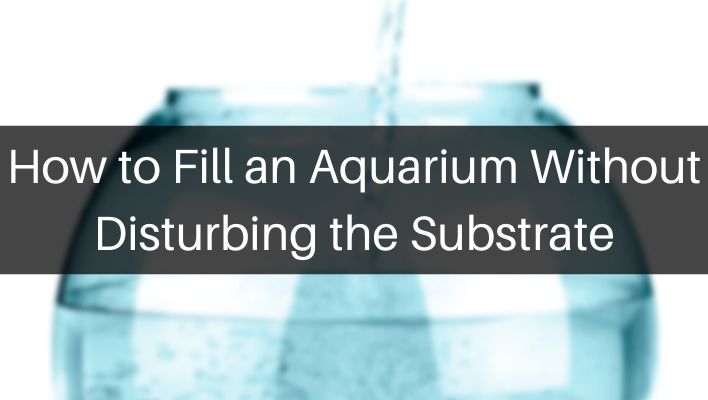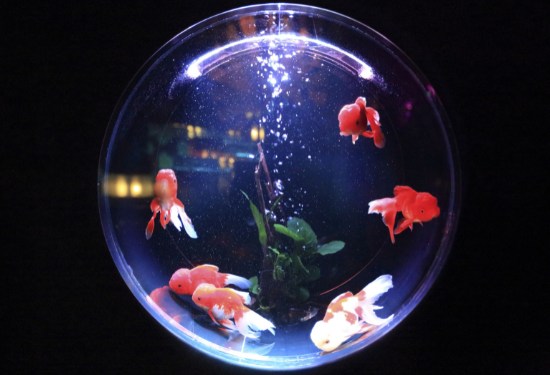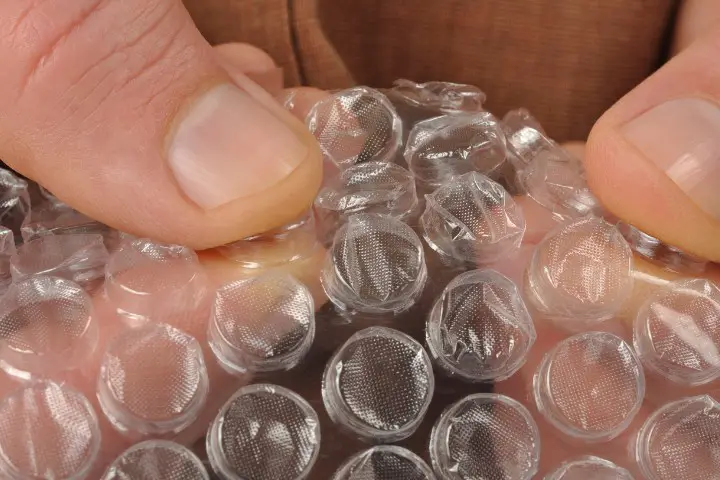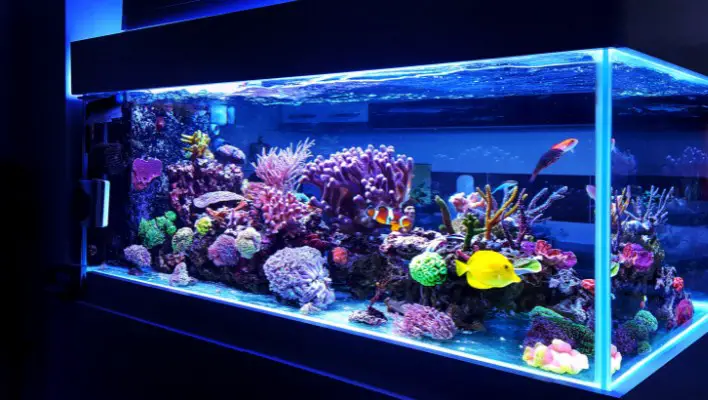
Filling an aquarium should – correction, is – a simple task. It’s just filling water; how hard can it get?
Fortunately, we intend to make it as easy as it can get. We will fill our fish tanks – without making a big mess.
Seeing that you’re reading this article, you also want the same. This article will teach you how to fill an aquarium without disturbing the substrate.
Read on to find out!

Recommended Method
While researching methods for filling an aquarium without messing up my substrate, I discovered many.
Don’t get me wrong; I have my go-to way of doing it. However, wanting to bring you the best of what is out there, I hoped to discover better alternatives from research.
I was wrong. Most methods were either too complicated or arduous for such a simple task. Therefore, I settled on my way as it is simple and inexpensive.
That said, let’s fill our fish tank using the process below. You’ll need the following:
- Something that will fill the tank with water, e.g., a hose, bucket, jug, etc.
- A plate or bowl.
Before using a plate or bowl in any aquarium, ensure there are no traces of soap residue on it. Here is a good guide on removing soap residue.
To fill the fish tank:
- Place the plate or bowl on the tank’s gravel or sand substrate.
- Pour water gently into the plate or bowl. Allow the water to spill over as you do so.
- Fill until the water in the tank reaches the bowl or plate’s height. At this point, remove the bowl and continue filling the water.
As you can see, a plate or bowl is used to absorb the impact of water. We can avoid messing up the substrate by gently allowing water to spill over.

Alternative Method
My way is simple. Use a plate to absorb the impact of water. However, is there any other practical way to go about this?
Yes, there is. Instead of a plate, you can use bubble wrap to avoid disturbing substrates while filling water into a tank.
Though I use the former, bubble wrap has some edge over plates and bowls. It may be why most fish keepers prefer going the bubble wrap route.
Edge? Yes, below are some of the pros of using bubble wraps over plates/bowls:
- Bubble wraps float on water. You don’t have to worry about messing up plants or decorations.
- They are a cheap reusable alternative. You can acquire bubble wrap from a local store and use them severally.
- Bubble wraps are free of soap residue.

Should You Fill your Aquarium Up?
You’ve managed to add water into your tank without disturbing the substrate. The next question is, should you fill your aquarium up?
No, it would be best not to fill your aquarium up. It doesn’t mean you can’t, but we advise against it.
Why? A few reasons. First, some space will prevent water from spilling over. God forbid there is some electronic equipment wherever the water lands.
Second, spaces leave your fish some allow to jump around. If it keeps fish happy and healthy, you should do it.
Besides, fish jumping around can indicate that things are not well in the tank. You would therefore act on it and alleviate the fish’s frustrations.

Can I have a Fish Tank Without Substrate?
Yes, you can have a fish tank without substrate. This type of tank is known as a bare-bottom tank.
A bare-bottom fish tank is a type of aquarium with no substrate (gravel, sand, etc.) on the bottom. Instead, the bottom of the tank is left completely bare, without any decorations or coverings.
This type of tank is often used in breeding setups, as it makes it easier to keep the tank clean and monitor the health of the fish.
Are Bare-bottom Tanks Better?
One of the main benefits of a bare-bottom tank is that it is much easier to clean than a tank with a substrate.
Without substrate, there are no crevices or corners where waste can accumulate, making removing debris and maintaining good water quality easier. Additionally, it eliminates the need to vacuum the substrate, which can be time-consuming.
Another benefit of a bare-bottom tank is that it is easier to monitor the health of the fish.
With no substrate to hide in, fish will be more visible, making spotting signs of illness or stress easier. This can be especially important for breeding setups, where the health of the fish is critical to the success of the breeding process.
However, bare-bottom tanks have some downsides. One of them is that it can be less aesthetically pleasing than a tank with a substrate, as it may need more visual interest.
Aesthetics are debatable or relative. What works for one may not necessarily work for another. Some fish keepers prefer bare-bottom tanks since they tend to be more intense in lighting and filtration, allowing for much higher water quality.

Alright, let’s get back to the downsides. With substrate, fish may have a place to bury their eggs or hide from other fish. The lack of such sites frustrates some fish.
Lastly, a bare-bottom tank may not have the beneficial bacteria that can help in water filtration, leading to more frequent water changes.
Generally, a bare-bottom tank can be a good choice for certain types of fish and setups, such as breeding or quarantine tanks. But there may be better choices for some fish or tank setups.
It is crucial to consider the specific needs of your fish and the overall aesthetic you want to achieve before deciding if a bare-bottom tank is a suitable choice for you.